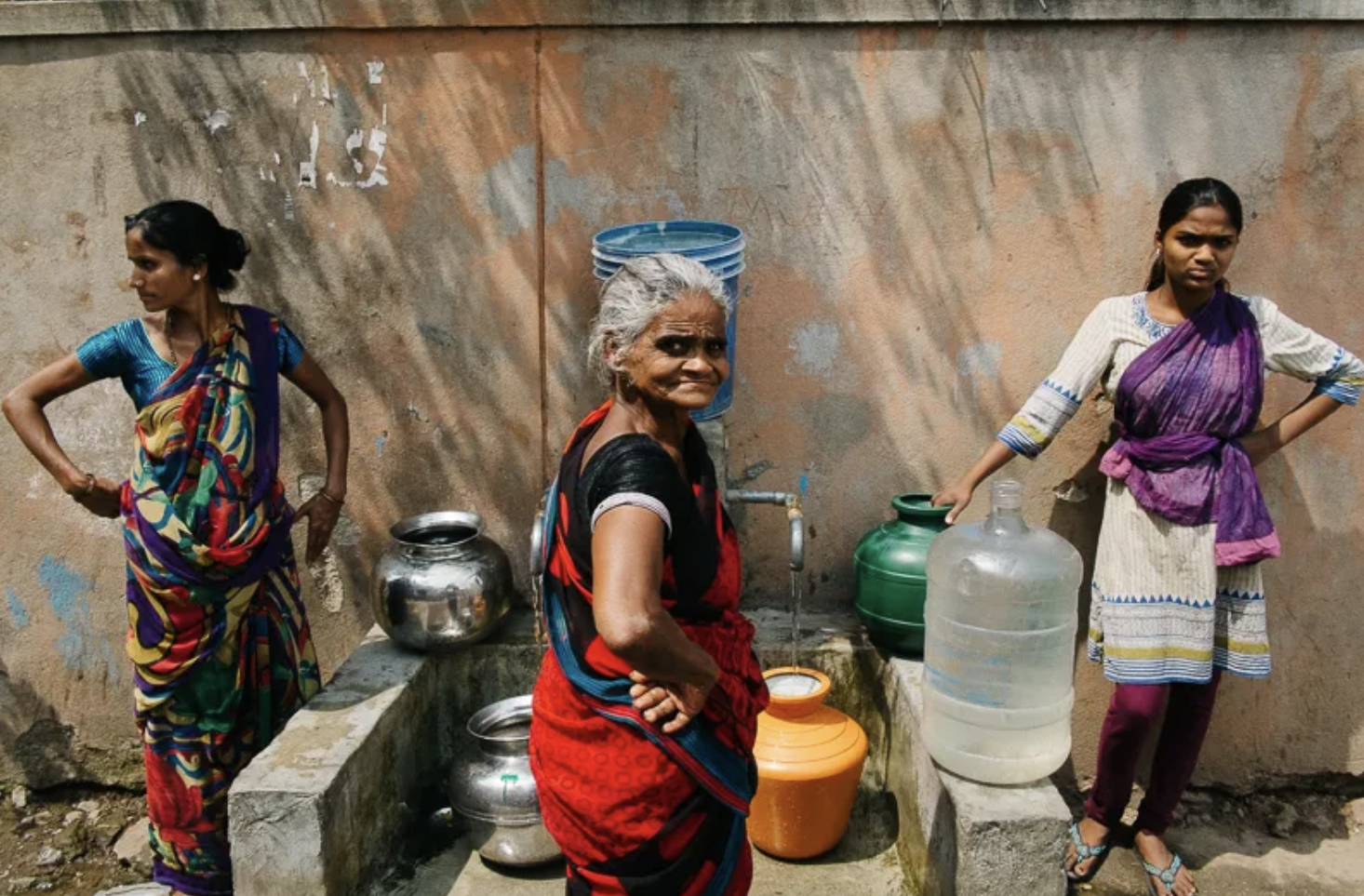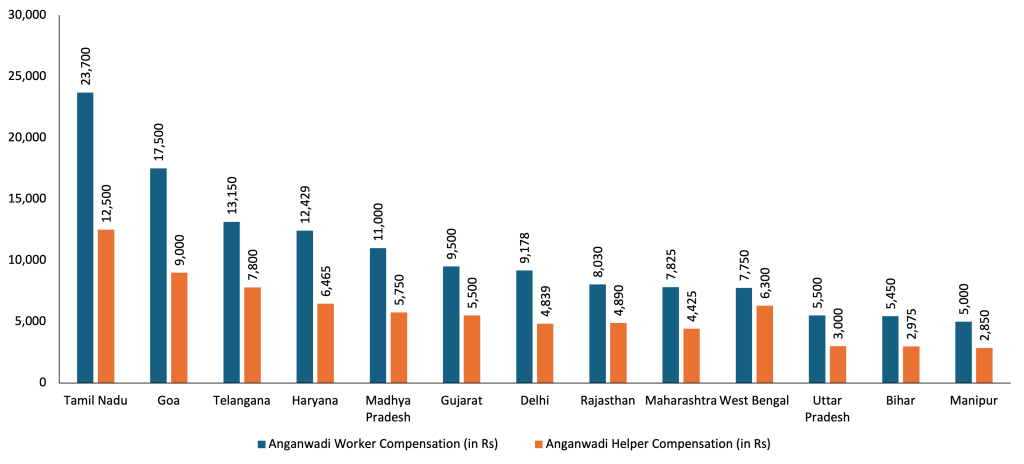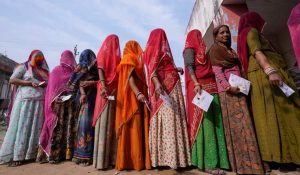[Readmelater]
In Poll Season, Why Women’s Care Labour Needs To Be Debated
When politicians promise to pay for care work they are putting a value on unpaid labour but they also end up reinforcing social norms about ‘women’s work’

Photo: FD Walker
Support BehanBox
We believe everyone deserves equal access to accurate news. Support from our readers enables us to keep our journalism open and free for everyone, all over the world.





